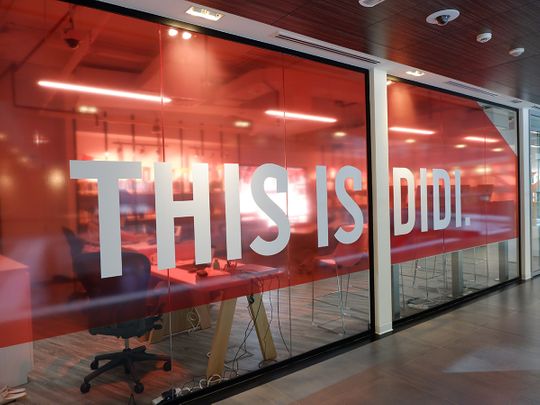
Innovation at its core involves leveraging problem-solving skills to address challenges we care about and strengthen our economies. Concepts like innovation and entrepreneurship are abstract which, naturally, can neither be taught nor learned through textbooks and exams.
At DIDI, our approach involves immersing students in research-based, applied, and experiential learning to creatively solve complex problems for the advancement of society. By encouraging them in strategic ways of thinking – and seeing the world – we strive to empower them with the basic foundations of enhancing the way things are produced, experienced, and adapted.
It’s essential the global education system evolve in the pace of transformation. Leveraging technical and practical skills is without a doubt essential, but abstract skills such as creative problem solving, critical thinking and life-long literacy must be equally nurtured.
Is it the case the new curriculum is more focused on the ‘design’ side of things?
As the digital and physical worlds increasingly converge, design will play an ever-more crucial part in how people experience the world around them. It is why we paired up with Massachusetts Institute of Technology and the Parsons School of Design to teach students the fundamentals of design thinking and how to humanize technology.

The multi-disciplinary degree offers four design disciplines: Product design, multimedia design, fashion design, and strategic design management.
What are the basic credentials for someone wanting sign up?
To join DIDI, students should have a high school degree and submit an online application complete with a personal statement describing their interests, passion for studying design, an English proficiency test and academic transcripts. Applications for the upcoming intake scholarships close at the end of August 2022.
We are also hosting a two-day orientation session from August 17 to 18 so prospective students can meet our faculty and learn about the curriculum, resources, and opportunities available at DIDI at length.
Some of the students could have tastes running into different design fields – do you approach that with holistic coaching?
Our multidisciplinary programme requires students to pair two or more of our four disciplines for a well-rounded education. The first year introduces them to basic visual, digital, and entrepreneurship skills and then they define their educational journey themselves under the guidance of our faculty.
The BDes program combines visual literacy, technological fluency, and strategic proficiency, which means a combination of design expertise, engineering know-how, and business management. The cross-disciplinary degree ensures graduates have adaptable skills for a rapidly changing design and digital job landscape and are equipped with the foundations to lead lives of impact.
Which design fields are drawing the max demand from the intakes?
Because we offer a cross-disciplinary degree, students may come in with an interest in one specific kind of design field and which evolves organically to be more multifaceted. We don’t want our students to feel limited to one way of thinking or learning.
DIDI’s Bachelor of Design is a 4-year program begins with an immersive year exposing students to basic visual, digital, and entrepreneurship skills. Then, from their second year onwards, students combine two disciplines to create their own educational journey.
In our commitment to shake design education regionally and internationally. We commissioned design leaders from all four corners of the world – all of whom have experience working in design hubs such as Canada, Italy, Australia, Singapore and Lebanon.
For the initial curriculum, did you go with a best-of-breed input from MIT and elsewhere?
DIDI’s curriculum was developed in conjunction with the Massachusetts Institute of Technology (MIT) and Parsons School of Design, two world-leading universities exploring technological innovation, creativity, and human-centric design. Our Dean, Hani Asfour, is an MIT and Harvard-trained architect whose teaching experience has taken him around the world.
Naturally, we too must adapt our system of education to ensure that our future generations thrive as the landscape changes. Agility is a fundamental skill, and we strive to ensure that our program and students are well-versed in navigating ever-changing landscapes.
A lot is happening in the digital space around AI and Metaverse – is that part of the course?
How we live, work and experience the world is changing faster than ever. Cloud-based systems, AI, the Metaverse and other developments like it are turning science fiction into reality. In Dubai, initiatives such as the Metaverse Strategy, Cybersecurity Strategy and the government’s pursuit of an innovation-based economy are boosting different sectors and accelerating digital transformation.
This is why DIDI’s curriculum is committed to shaping the next generation with well-rounded problem solvers, critical thinkers and strategic decision makers to define and challenge its parameters. Students explore emerging technologies from Web3 and AI and embrace the fundamentals of a circular economy and sustainability.
Are seats open only to all?
DIDI welcomes all students that are ready to challenge the status quo, regardless of their nationality. We also award scholarships based on merit and financial needs.